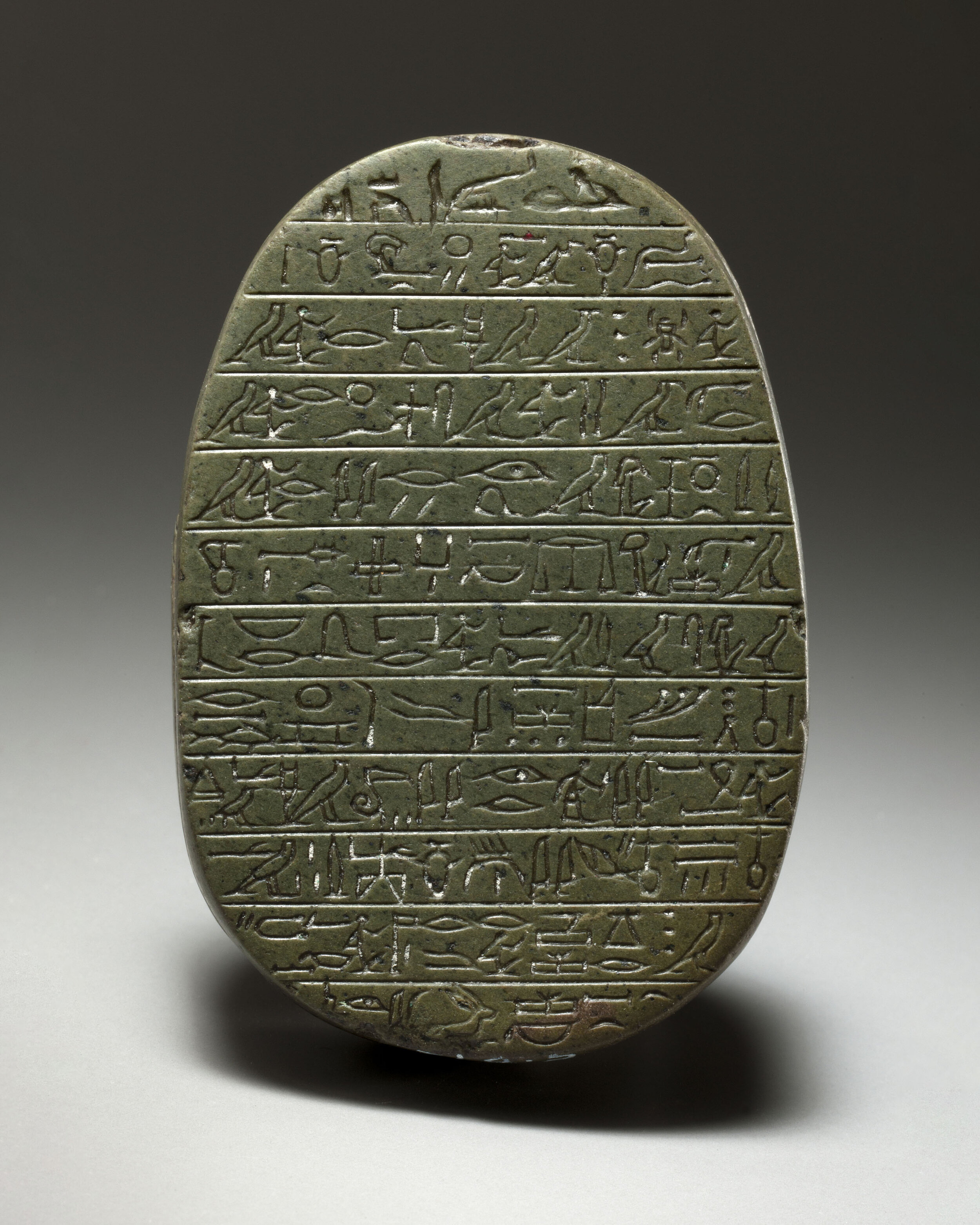Ancient Egyptian Faience Cat with her Kittens




Ancient Egyptian Faience Cat with her Kittens
Egyptian, Third Intermediate Period (ca. 10th–7th century B.C.)
Light blue faience
H: 6 cm
Serial: 13765
Provenance: Bonham’s, London, 26 April 2001, lot 187
Aside from the front quarters of the kitten resting on its mother’s head, the amulet is complete and in remarkably good condition: the beautiful original turquoise-green color of the faience has been virtually preserved on the entire surface of the piece. The suspension ring is located on the upper back.
The black painted spots that cover the cat’s body are not indications of her coat but rather are a distinctive feature of faience figurines of this period, often referred to as “dotted faience”: such figurines usually come from the eastern Delta in the north of Egypt and are dated to the late Third Intermediate Period.
The amulet depicts a cat seated on her hind legs, protecting her kittens with a very maternal gesture: three of them sit just in front of her, while four others (two on each side) are under her forelegs. Another kitten, the most daring of the litter, has climbed on the back of its mother and is seated between her erect ears. The animals rest on a thin base that appears rectangular from the front and semicircular from the back.
Despite the animal guise, the piece is related to mother-and-child amulets that were supposed to protect against disease and childbirth accidents.
The cat here probably represents the goddess Bastet, who was very popular during the Third Intermediate Period. Because of the general insecurity that characterized this period, the evolution of the regional Egyptian religions gave rise to a multiplicity of protective figures and divinities. This religious innovation translated into a large increase in the production of apotropaic figurines made of faience or other materials, such as metal and terracotta.
Bastet was the mild-mannered, sweet incarnation of the dangerous goddess Sekhmet. She appeared as both a cat and a cat-headed woman—or a lioness, for her frightening nature always slept within her. Mistress of all the ills that she commanded, she was venerated throughout Egypt, offering special protection to the family home, women in childbirth, and small children. Her main shrine stood at Bubastis (Tell Basta), which became a capital city during Dynasty 22. Once a year, the temple attracted pilgrims from all walks of life for festivals during which, as Herodotus wrote much later, wine was always plentiful. During these festivals, dead cats were brought to the temple and mummified.







